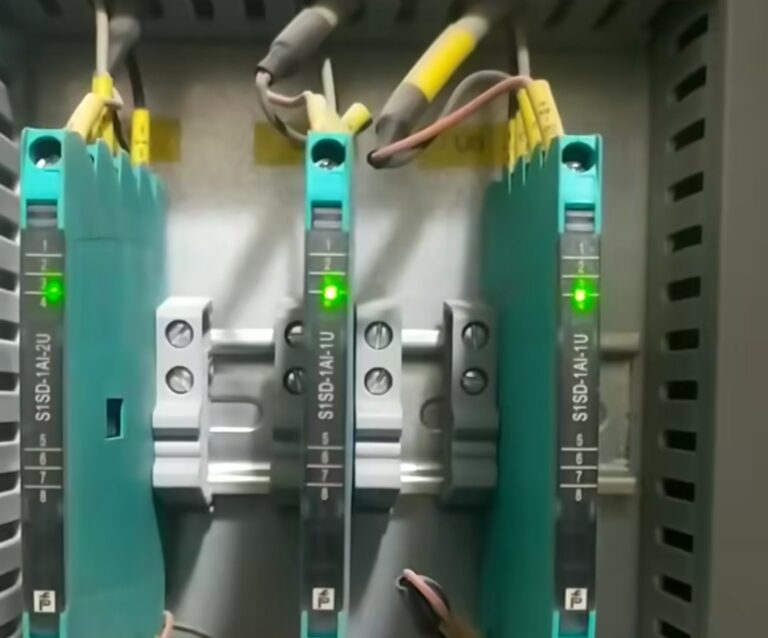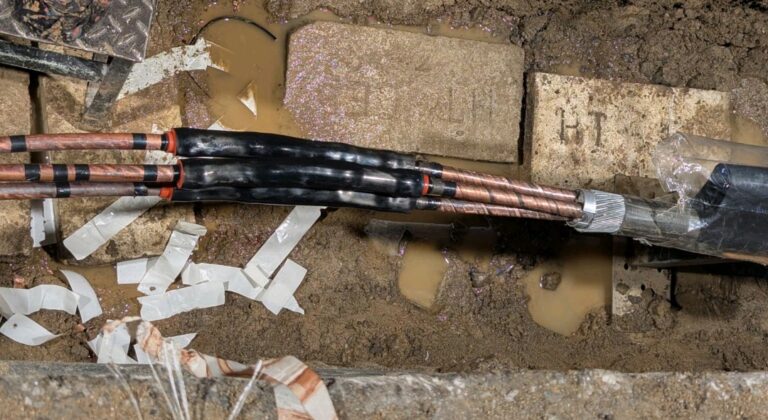-Relay 50 and Relay 51N are both overcurrent relays, but they have different characteristics and applications:
Relay 50:-
Instantaneous Overcurrent Relay (50)- Detects over-currents above a set threshold (e.g., 10-20 times the rated current)
– Trips the circuit breaker instantly (typically within 1-2 cycles)-
Used for phase faults (e.g., 3-phase faults, phase-to-phase faults)
Example:–
A 3-phase motor feeder has a Relay 50 set to trip at 10 times the rated current. If a phase-to-phase fault occurs, the relay detects the high overcurrent and trips the circuit breaker instantly to protect the motor.
Relay 51N:-
Time-Overcurrent Relay (51N)- Detects over-currents above a set threshold (e.g., 1.2-2 times the rated current)- Trips the circuit breaker after a delay (typically 1-60 seconds)- Used for ground faults (e.g., earth faults, ground-to-neutral faults)
Example:–
A distribution feeder has a Relay 51N set to trip at 1.5 times the rated current with a 5-second delay.
If a ground fault occurs, the relay detects the overcurrent and trips the circuit breaker after 5 seconds to protect the feeder.In summary:- Relay 50 is an instantaneous relay for phase faults-
Relay 51N is a time-delayed relay for ground faults
Both relays are essential in power systems to detect and respond to over-currents, ensuring reliable operation and minimizing damage to equipment.
#relay #electrical

